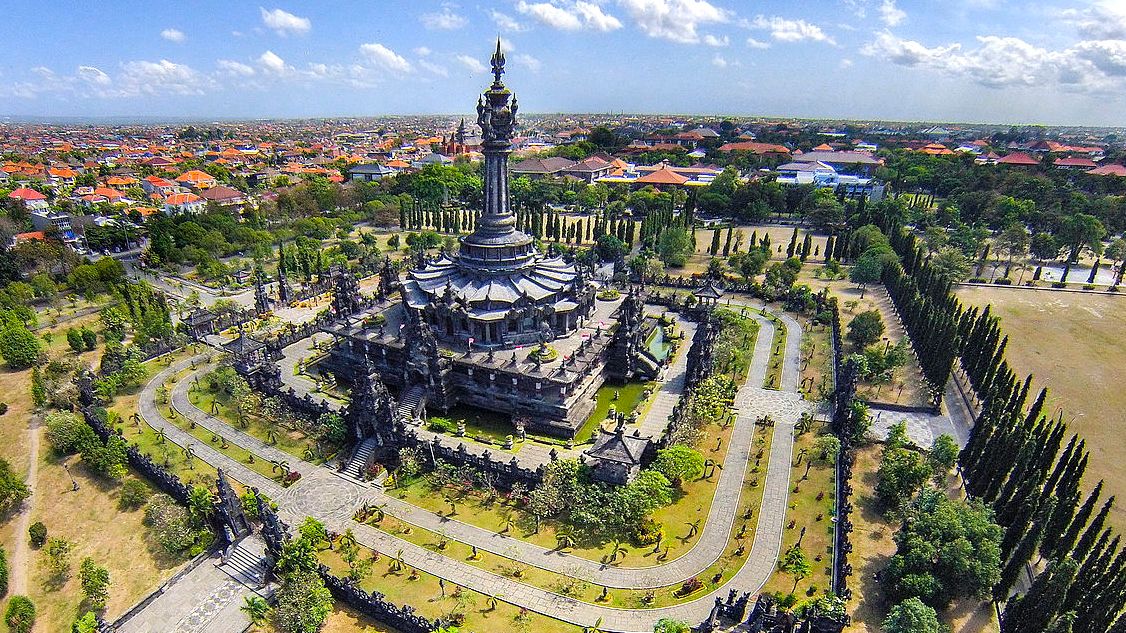Exploring the underground might sound like something out of a fantasy movie, but across the United States, you’ll find real caves open to visitors that are anything but ordinary. From subterranean waterfalls to crystal-coated ceilings, these caves each hold their own flavor of mystery, history, and natural beauty. Whether you’re a casual traveler or an adventurous explorer, these twelve American caves will leave you breathless—literally and figuratively.
What Makes These Caves So Unique?
Each of these caves isn’t just a hole in the ground. They’re places shaped by millions of years of geological movement, water erosion, mineral buildup, and even human intervention. Some have been burial grounds, others hide underground hotels or glowing waterfalls. Let’s dive into the most bizarre and beautiful caves you can explore in the U.S.
Ruby Falls (Tennessee)
Tucked inside Lookout Mountain, Ruby Falls is a 145-foot underground waterfall—the deepest accessible one in the country. This natural wonder was discovered in 1928 and has since been enhanced with LED lighting, guided tours, and themed adventures for families. What makes it magical is how unexpected it feels: a roaring waterfall deep inside a cave, lit up like a natural chandelier.
Carlsbad Caverns (New Mexico)
Carlsbad Caverns National Park is a wonderland of over 119 caves formed by sulfuric acid dissolving the limestone. Its crown jewel is the Big Room, a massive chamber larger than six football fields. During summer, you can witness the sunset bat flight—thousands of Mexican free-tailed bats spiraling into the sky. It’s eerie, natural, and totally unforgettable.
DeSoto Caverns (Alabama)
This cave blends nature with history and a touch of roadside attraction flair. Once used by Native Americans and later as a Confederate gunpowder mine, DeSoto Caverns is now home to live laser light shows, maze gardens, and gemstone panning. Its shimmering marble walls give it a touch of glam few caves can match.
Niagara Cave (Minnesota)
Located near Harmony, this cave was found in 1924 when a pig fell through a sinkhole. Inside, visitors are treated to a 60-foot waterfall, 100-foot ceilings, and fossils embedded in the limestone. Uniquely, it operates entirely on solar energy and is one of the few American caves that also hosts underground weddings.
Grand Canyon Caverns (Arizona)
Despite the name, this cave is not inside the Grand Canyon, but 90 miles away. It’s a dry limestone cave, which means no dripping stalactites—but plenty of other surprises. Think ancient sloth bones, quirky rock formations, and even an underground hotel suite. You can dine 200 feet below ground in their cave restaurant too.
Cascade Caverns (Texas)
One of the oldest show caves in Texas, Cascade Caverns dates back millions of years and was once considered a portal to the underworld by the Lipan Apache tribe. It features fossils, unique underground streams, and endangered creatures like the Cascade Caverns salamander. Guided tours cover natural history, geology, and even folklore.
Caverns of Sonora (Texas)
If you’re a fan of crystals, this cave will blow your mind. Known for helictites—delicate, curling formations that seem to defy gravity—the Caverns of Sonora are considered one of the most beautiful show caves in the world. Tours offer a close-up look at these formations in rooms that feel like natural crystal palaces.
Luray Caverns (Virginia)
In the heart of Virginia’s Shenandoah Valley, Luray Caverns is known for its towering columns, mirror-like pools, and the Great Stalacpipe Organ—an actual musical instrument that uses cave formations to create tones. The tour is family-friendly, paved, and incredibly photogenic.
Mammoth Cave (Kentucky)
Recognized as the world’s longest cave system with over 426 miles mapped, Mammoth Cave is a UNESCO World Heritage Site. Visitors can choose from easy strolls to in-depth spelunking tours lit only by lanterns. The cave also plays host to rare wildlife species that have adapted to complete darkness over centuries.
Jewel Cave (South Dakota)
Jewel Cave lives up to its name. Over 200 miles of mapped passages sparkle with calcite crystals. The cave walls look like they’ve been dusted with glitter, and the air is cool, quiet, and strangely serene. There are easy walks as well as more intense “Wild Caving” adventures for thrill seekers.
Wind Cave (South Dakota)
Located near Jewel Cave, Wind Cave is known for its boxwork formations—thin, honeycomb-like patterns rarely seen elsewhere. It’s one of the most complex and dense cave systems in the world, with a rich connection to Native American legends and a surface park full of roaming bison and prairie dogs.
Cave of the Mounds (Wisconsin)
Dubbed the “Jewel Box” of the Midwest, Cave of the Mounds is small but packed with color and texture. From bright reds to deep blues, the mineral-stained rock looks painted. Features like soda straws, curtains, and cave pearls give the space an elegant, otherworldly feel.
Wyandotte Caves (Indiana)
These twin caves—Big Wyandotte and Little Wyandotte—have hosted Native American tribes, Civil War soldiers, and adventurous tourists for centuries. The main chamber, Monument Mountain, rises 135 feet high, and its star feature, Pillar of the Constitution, is the tallest known stalagmite in the U.S.
Planning Your Visit
- Reserve ahead: Popular caves like Carlsbad and Mammoth often sell out during peak months.
- Dress smart: Temperatures in caves hover between 50–60°F. Wear closed-toe shoes and layered clothing.
- Follow the rules: Stick to trails, avoid touching formations, and respect wildlife.
Why These Caves Matter
Caves tell stories of Earth’s past, preserve rare ecosystems, and let us experience something beyond the everyday. Whether it’s the eerie silence of Jewel Cave or the roaring thunder of Ruby Falls, each underground wonder is a living, breathing piece of natural history.
So next time you’re planning a road trip or looking for a truly out-of-the-box travel experience, consider going under instead of over. These caves are open, accessible, and packed with experiences you’ll never forget.








